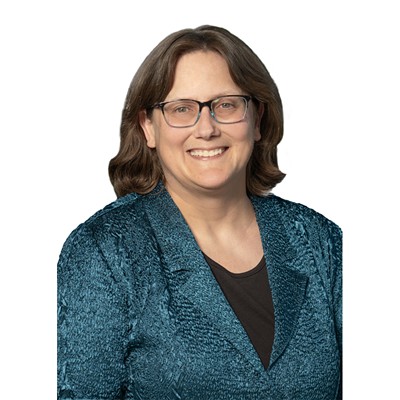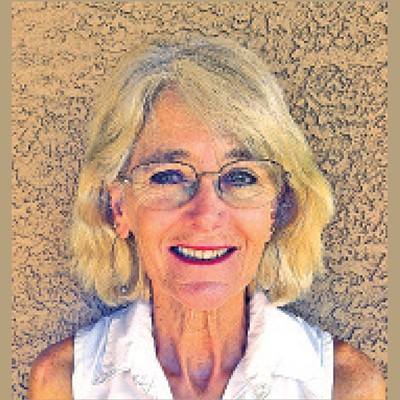Last week, we closed a chapter on the long-running saga of Rio Nuevo.
Over my 14 months as mayor of Tucson, I have worked regularly and intensively to resolve the city's disputes with Rio Nuevo in a way that is fair to taxpayers. I believe we have accomplished this, settling the litigation between the city and the district, and adopting a platform to guide the parties going forward—one that sets forth rights and responsibilities for each.
Rio Nuevo is a TIF, or tax increment financing district. What it does is allow Tucson to recapture the state's share of sales tax revenue generated within the district and keep that money in Tucson, for use on voter-approved revitalization projects downtown.
What started with great hope and goodwill in 1999, when Proposition 400 passed with resounding support, soured over time. Grandiose projects—like a $350 million Rainbow Bridge spanning Interstate 10—were proposed, then rejected. Plans were drawn, reviewed, and shelvedThe process repeated itself.
Although important work was done using Rio Nuevo funds, much of that work remained unseen or went unnoticed. Environmental remediation of old landfills, public infrastructure improvements in the oldest parts of town and widening an I-10 underpass—these were not cheap. But they also weren't flashy.
Then again, jewels like the Fox Theatre, resurrected with Rio Nuevo funding, somehow never got credited as having been made possible by the TIF. The Rialto, too, benefited from the TIF, as did the Mercado.
Other uses of Rio Nuevo funds were more questionable. Still, poor decisions do not constitute criminal activity. To date, investigations by the Arizona Attorney General's Office and the FBI have yielded no indictments. If criminal wrongdoing is discovered, on either side, this settlement does not preclude prosecution.
Anyone who wants to review Rio Nuevo's financials can go to the city's website: http://cms3.tucsonaz.gov/rionuevo. Click on the link, "Rio Nuevo Expenditures from Inception through 10/31/2010." After that, the state-reorganized Rio Nuevo Board assumed responsibility for district accounting.
In last week's settlement, the Rio Nuevo District pays a number of dollar amounts to the city of Tucson. This should not seem unusual, as the district was created as a vehicle to collect and transfer money to the city for approved development projects.
Some of the main points of the 16-point agreement are:
• The Rio Nuevo District will invest $6 million in the Tucson Convention Center for maintenance, repairs and upgrades.
• The district will invest $1.1 million in Mission Gardens.
• The district will invest $750,000 in downtown streetscapes—important because streetcar funds pay for work curb to curb, but do not pay for sidewalk or streetscape improvements.
• The district will pay the city $2.2 million in bond payments it owes.
• Both the city and the district will cooperate with performance and financial audits, required every three years by state statute.
• The city will assume the obligations of the Depot Garage, financed by the district, with payback occurring over 37 years.
• The city will transfer the property south of Cushing Street known as Heritage Park for completion of certain voter-approved projects.
Two more things people should know: By law, the Rio Nuevo District cannot take on new projects until it has submitted a notice of intent to proceed with a hotel and a community center. With this agreement, the city accepts the district's investment of $6 million in the TCC as meeting its notice requirement for a community center. The district still needs to meet its notice requirement for a hotel.
And, finally, any Rio Nuevo project over $50,000 must be approved by the City Council.
Last week's agreement won't undo the past. Missed chances and wasted opportunities remain just that. Mistakes are a costly education, but they are an education, nonetheless. I believe Rio Nuevo has moved this community from chasing Rainbow Bridges to tackling smaller projects—projects that are uniquely Tucson—and doing them extremely well.
Today, instead of a Rainbow Bridge, we have the Luis G. Gutierrez Bridge, its arches graced with cottonwood leaves in metal and tile. We have the Fox Theatre, the Mercado and the Rialto. Downtown is happening. This is an exciting time to be in Tucson. I wouldn't miss it for the world.







